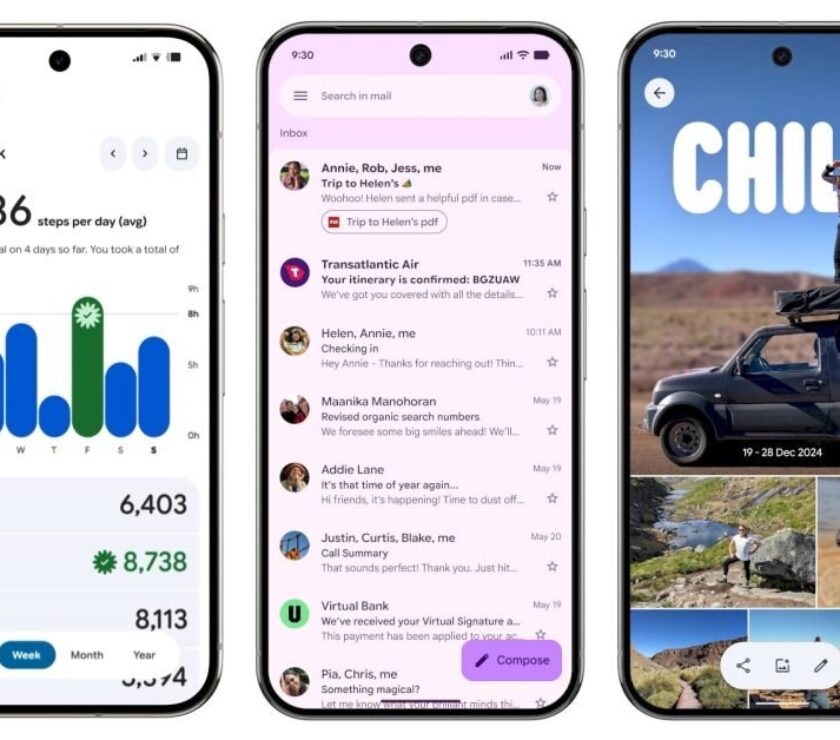In the ever-evolving world of search engine optimization, few stories capture the precarious balance between innovation and penalty quite like the recent saga of a website hit hard by Google’s crackdown on programmatic SEO. This technique, which involves generating vast numbers of pages at scale using data-driven templates, has long been a double-edged sword for digital marketers. But when Google deindexed an entire site for what appeared to be manipulative practices, the recovery that followed offers crucial lessons for industry professionals navigating algorithmic minefields.
The site in question, as detailed in a recent analysis by Search Engine Journal, was penalized amid Google’s broader efforts to combat low-quality, AI-generated content. Programmatic SEO often relies on automating page creation to target long-tail keywords, but when done poorly, it can veer into spam territory, triggering deindexing—the ultimate digital exile from search results.
The Perils of Scaled Content Creation
What set this case apart was not just the deindexing, but the swift bounce-back. According to insights from the Search Engine Journal piece authored by Roger Montti, the site’s operators likely refined their approach by emphasizing high-quality, user-focused content over sheer volume. This aligns with Google’s March 2024 Core Update, which targeted AI spam and prioritized human-like expertise, as reported in Search Engine Journal‘s coverage of widespread deindexings.
Industry forums, including discussions on Reddit’s r/SEO subreddit, echoed similar experiences, with users noting that sites vanished overnight during the update, only for some to recover through meticulous audits and content overhauls. One key factor in this recovery was addressing thin content—pages that offered little unique value, a common pitfall in programmatic setups.
Algorithmic Shifts and Recovery Strategies
Google’s updates don’t operate in isolation; they build on previous ones, creating a ripple effect. The November 2024 Core Update, as outlined in a recovery guide from Surfer SEO, emphasized four steps: auditing content quality, enhancing E-E-A-T (Experience, Expertise, Authoritativeness, Trustworthiness), optimizing for user intent, and monitoring performance metrics. In the deindexed site’s case, applying such strategies post-penalty seems to have triggered reindexing, with traffic rebounding as Google reassessed the improved pages.
Recent posts on X (formerly Twitter) highlight growing sentiment around these recoveries, with SEO experts sharing anecdotes of sites clawing back rankings after algorithmic hits. For instance, users have discussed how focusing on non-programmatic elements, like original research and backlink building, aided bounce-backs, underscoring that programmatic SEO isn’t inherently flawed—it’s the execution that matters.
Lessons from Recent Google Updates
Looking ahead to 2025, Google’s algorithm tweaks continue to reshape strategies. A deep dive in Digital Confex points to seven key changes, including tighter AI content scrutiny and Core Web Vitals emphasis, which could explain why the deindexed site recovered: by aligning with these, it demonstrated genuine value. Similarly, the June-July 2025 Core Update, covered in Jason Pittock’s blog, stressed E-E-A-T and AI readiness, with data providers like those cited in Search Engine Land noting partial recoveries for sites previously penalized.
This isn’t just about one site’s triumph; it’s a blueprint for resilience. Experts warn that as Google integrates more AI-driven search features, like those in AI Overviews, programmatic approaches must evolve to prioritize depth over breadth.
Broader Implications for SEO Practitioners
The recovery also ties into larger trends, such as the “Google Zero” phenomenon detailed in eWeek, where AI summaries are slashing publisher traffic, forcing a rethink of content models. For programmatic SEO, this means blending automation with human oversight to avoid deindexing pitfalls.
In conversations on X, SEO consultants like those sharing case studies emphasize auditing for spam signals, such as duplicated templates or irrelevant data dumps, which doomed the site initially. By contrast, successful recoveries often involve diversifying traffic sources, as seen in Amazon’s recent exit from Google Shopping ads, reported by WebProNews, which highlights adapting beyond pure search reliance.
Ultimately, this case study from Search Engine Journal illustrates that deindexing isn’t always permanent. With strategic refinements and alignment to Google’s quality guidelines, even programmatically heavy sites can rebound stronger, offering hope—and a cautionary tale—for insiders betting on scaled SEO in 2025 and beyond.
Subscribe for Updates
Search engine optimization tips, tools and updates for SEO pros.
Get the free daily newsletter read by decision makers
Get our media kit
Deliver your marketing message directly to decision makers.
website SEOWebsite Traffic

